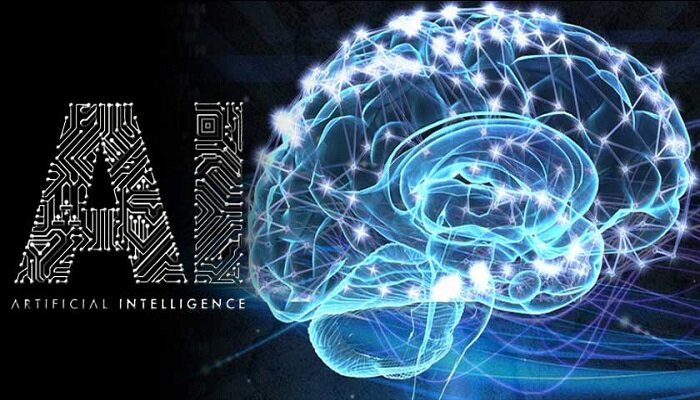Commonwealth Scientific and Industrial Research organizations scientists in collaboration with the Queensland university of technology, Australia have gone on to develop in what could be an AI-based yardstick for measuring brain atrophy. Apparently, this is going to be a world first.
The scientists used AI to come up with a set of artificial MRI images of the brain that had predefined signs of neurodegeneration across the cortex region, which happens to be a brain area that is the most affected by Alzheimer’s.
This AI-based benchmark lets scientists set the location and amount of the brain degeneration to analyse how a methodology pertaining to cortical thickness quantification fares. Based on the inferences that were published in the Medical Image Analysis journal, this technique can take into account the sensitivity of measuring brain atrophy methods to a level that is as miniscule as 0.01 mm.
The thinning of the brain’s cortex or Cortical Atrophy may as well start ten years before the Alzheimers’ clinical symptoms surface as per Dr. Filip Rusak who happens to be a CSIRO scientist. That said, measuring the progression has been pretty challenging as the variable changes that take place in the brain’s cortex happen to be very small.
As per Dr. Rusak, accurate measures are required more than ever in order to observe the signs in the images of the brain when they start to make an appearance so that they can be taken into account sooner rather than later.
Although there happen to be AI based techniques to assess the progressions’ onset of neurodegenerative diseases, there is still a lack of actual datasets imparting truth in order to check the sensitivity. The latest CSIRO development is to ensure that this gap is being filled. This benchmark dataset happens to be publicly available so as to be used by clinicians as well as scientists when it comes to their own assessments of methods for quantifying the thickness of the cortical.
As per CSIRO, their AI benchmarking technique can in fact lead to a better dementia understanding as well as the gauging of other debilitating diseases related to the brain. The technique can also be used to forecast the anticipated level of cortical degeneration with time.
In Asia-Pacific, there were apparently other tech innovations too concerning Alzheimer’s that were reported recently. In January 2023, the Korea Institute of Machinery and Materials announced that it is on the path of manufacturing of an intraocular eye lens which can help in the early Alzheimer’s detection. This artificial eye lens is made up of a biresponsive hydrogel that comes with a Moire pattern, which is a reaction to target the biomarker in Alzheimer’s.


















